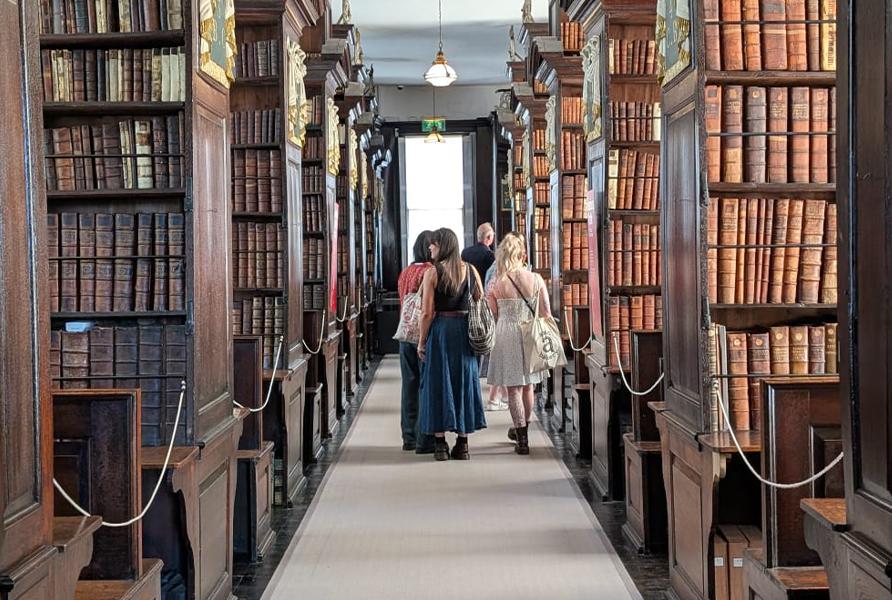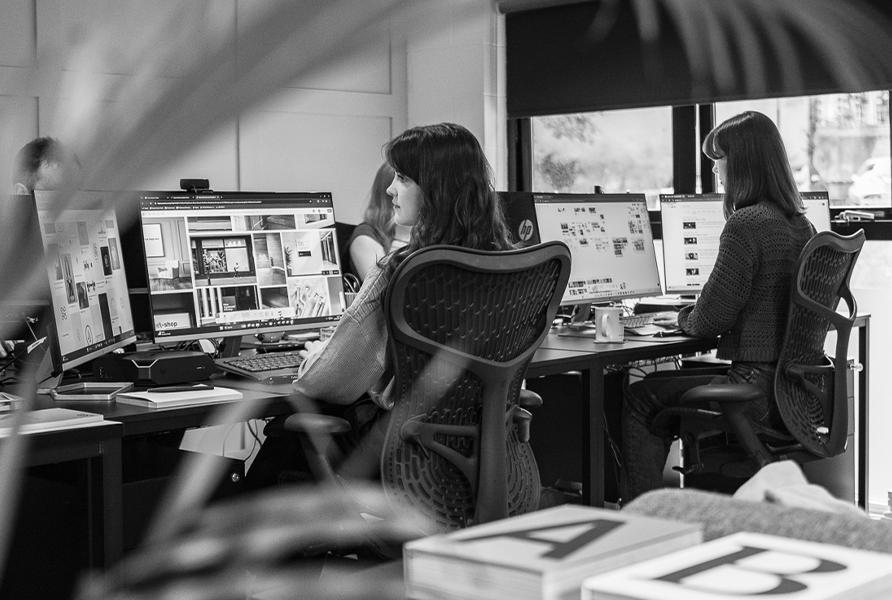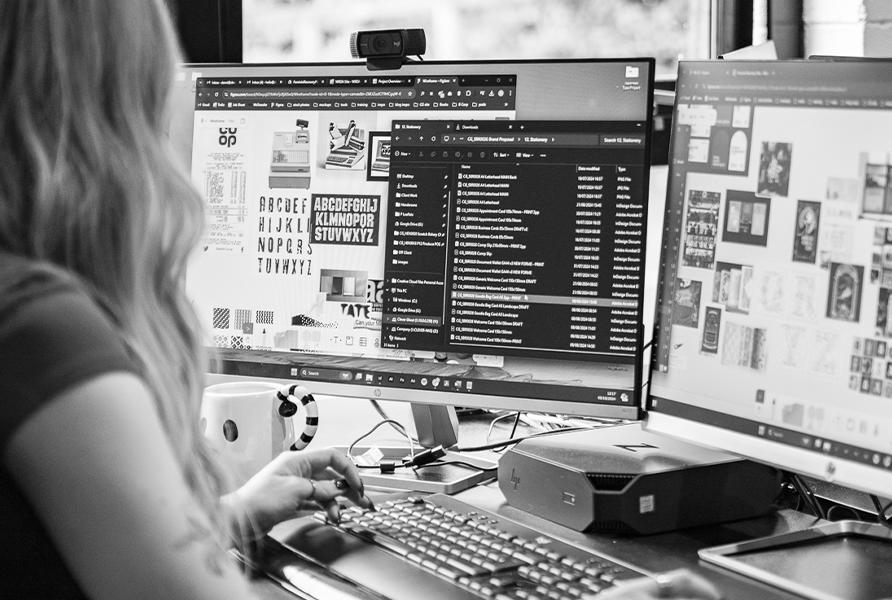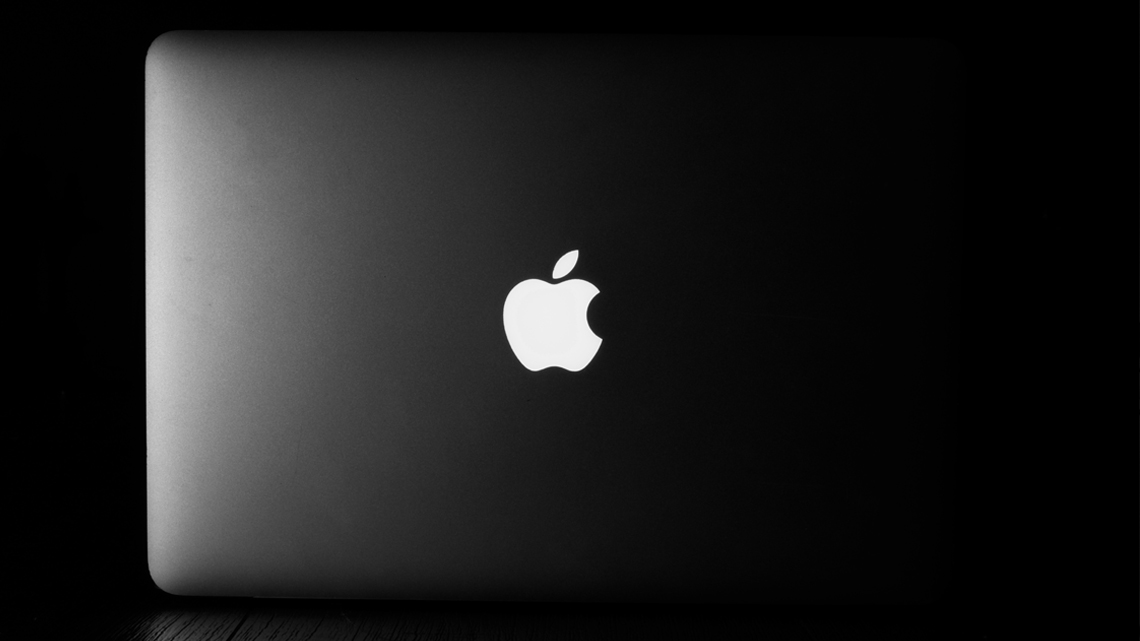
Branding is a key part of any business as it gives your organisation an identity that people can relate to on an emotional level that is both memorable and recognisable. Essentially, it’s the way a company communicates who they are and what they have to offer both visually and verbally.
A powerful tool that can help build a cohesive identity is the brand archetypes system. Originating from the work of Swiss psychologist Carl Jung, brand archetypes aim to relate deep-rooted human emotions and aspirations with the core values of your brand. By aligning a brand with a particular archetype, you can connect with your audience on a subconscious level, gaining their trust, loyalty and understanding right off the bat. However, a brand archetype is not the brand identity, but only the personification of the brand’s mission, story and values.
There are 12 archetypes, each one based on fundamental human motivations, values and desires:
1 - The Hero
This archetype aspires to create a powerful positive impact, representing bravery and triumph. Common in sportswear brands such as Nike and Adidas, they appear to push for success, to see people overcome obstacles and achieve their best.
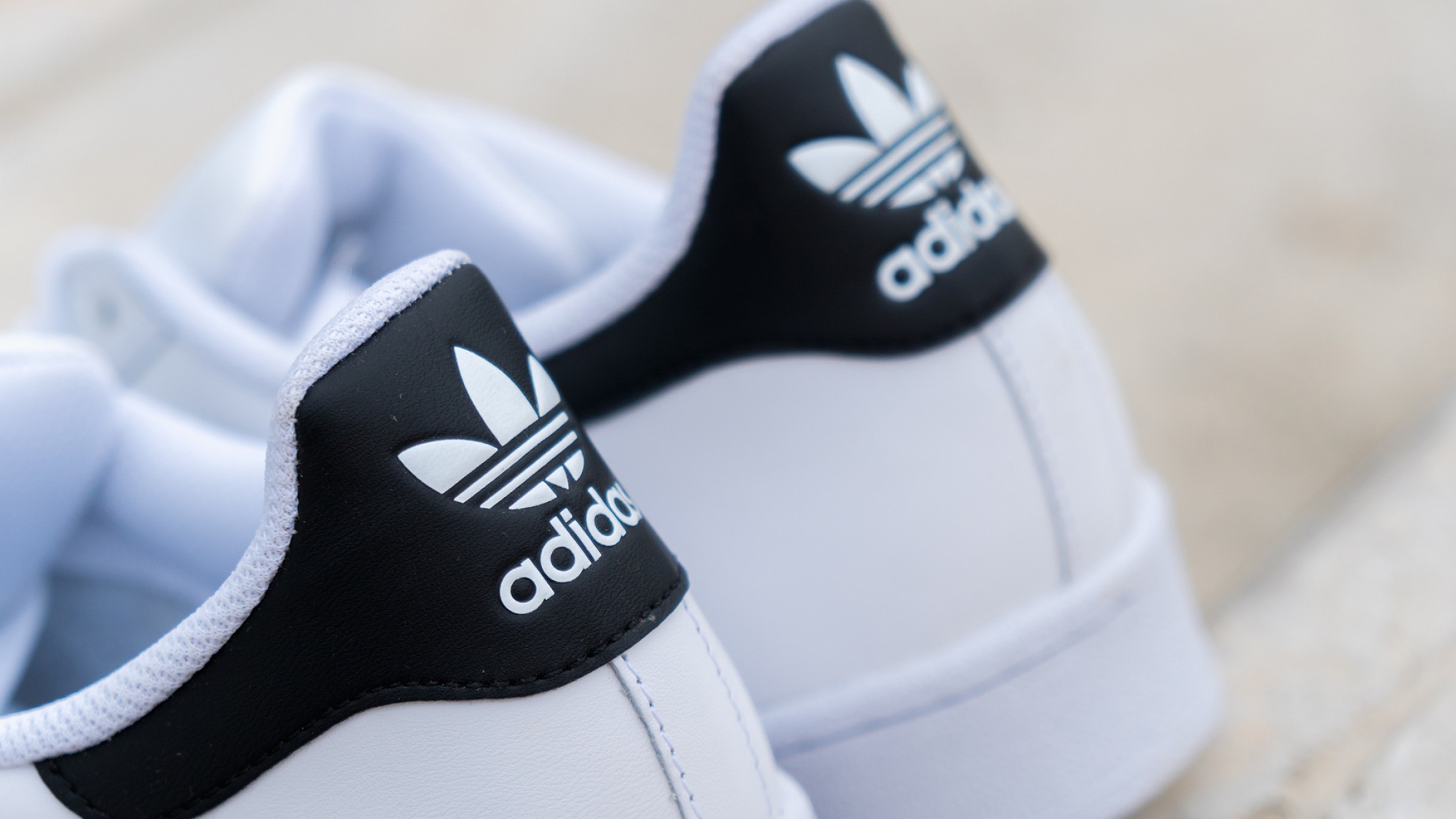
2 - The Lover
A more intimate and passionate archetype, the Lover focuses on the senses, desire and pleasure. Brands that align with this archetype usually value indulgence and often provide goods such as perfume or wine. Examples include Victoria’s Secret and Chanel.
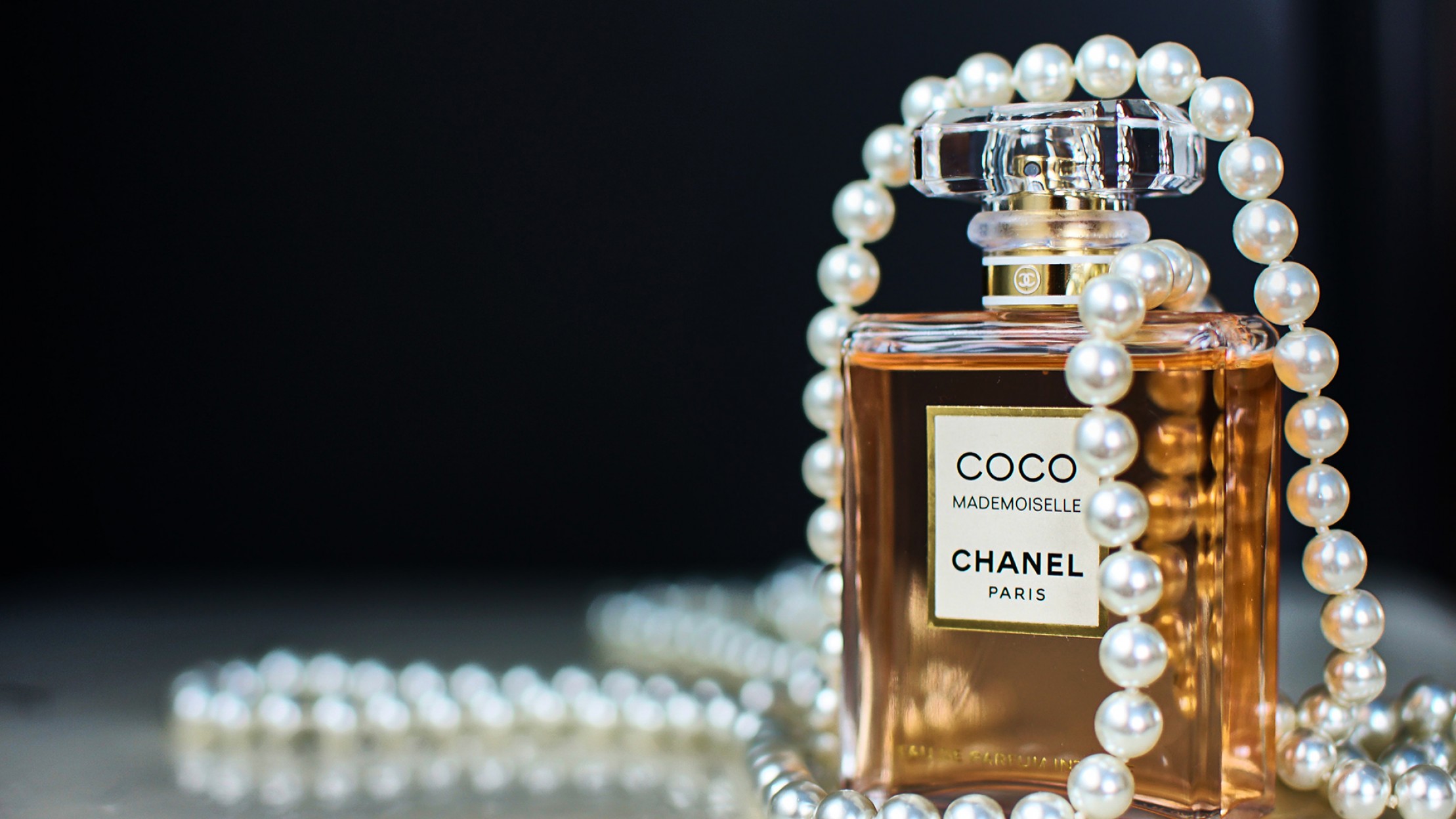
3 - The Sage
Seeking enlightenment, the Sage is powered by a thirst for knowledge. This archetype aims to discover, learn and teach. In turn, brands of this archetype educate and empower their audiences, and include familiar brands such as Google and National Geographic.
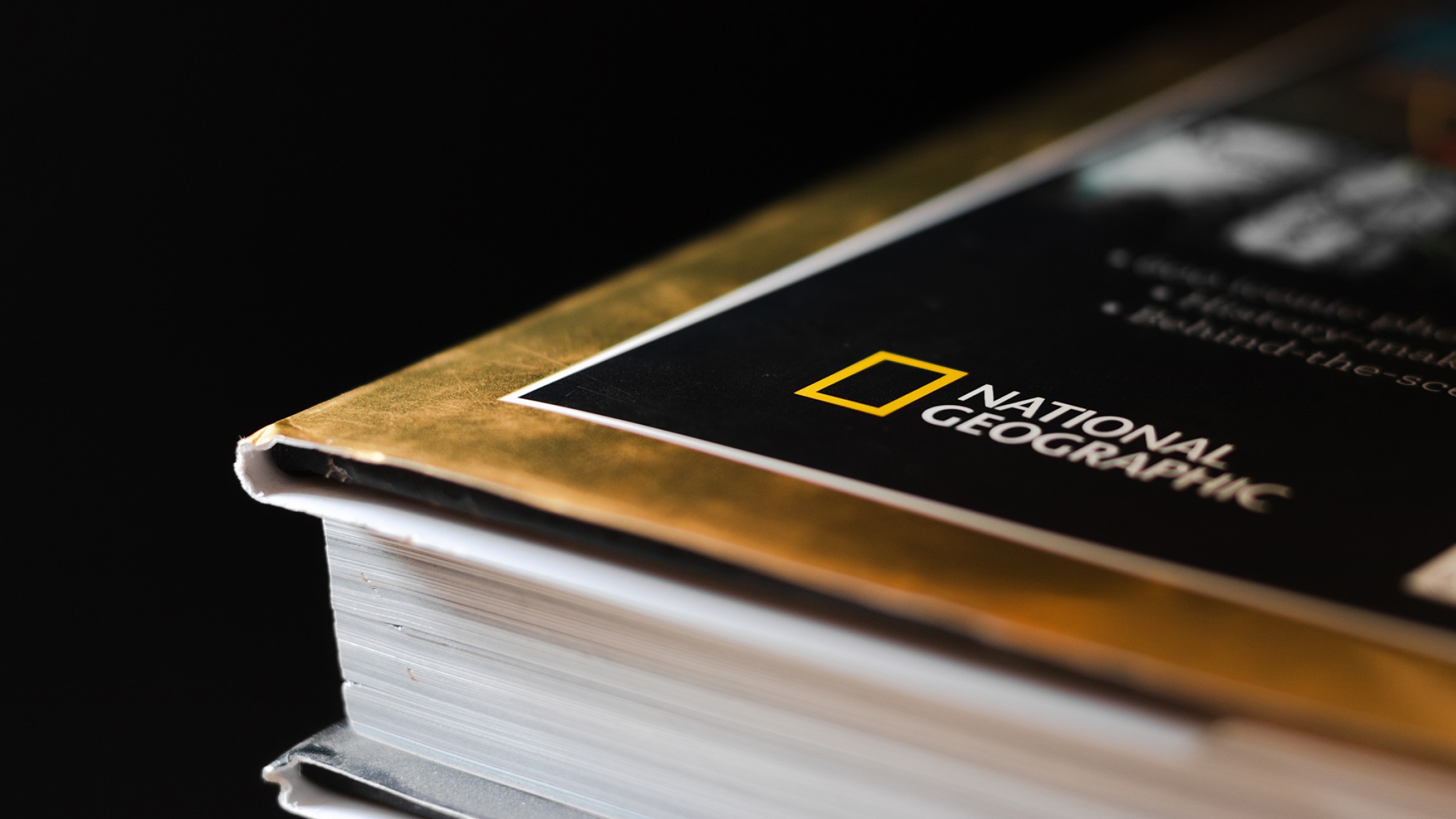
4 - The Jester
Brands that align with the Jester personify fun and mischief. They are often more light-hearted, playful, and aim to provide humour and joy to their target audience. Brand examples include M&M and Snickers.
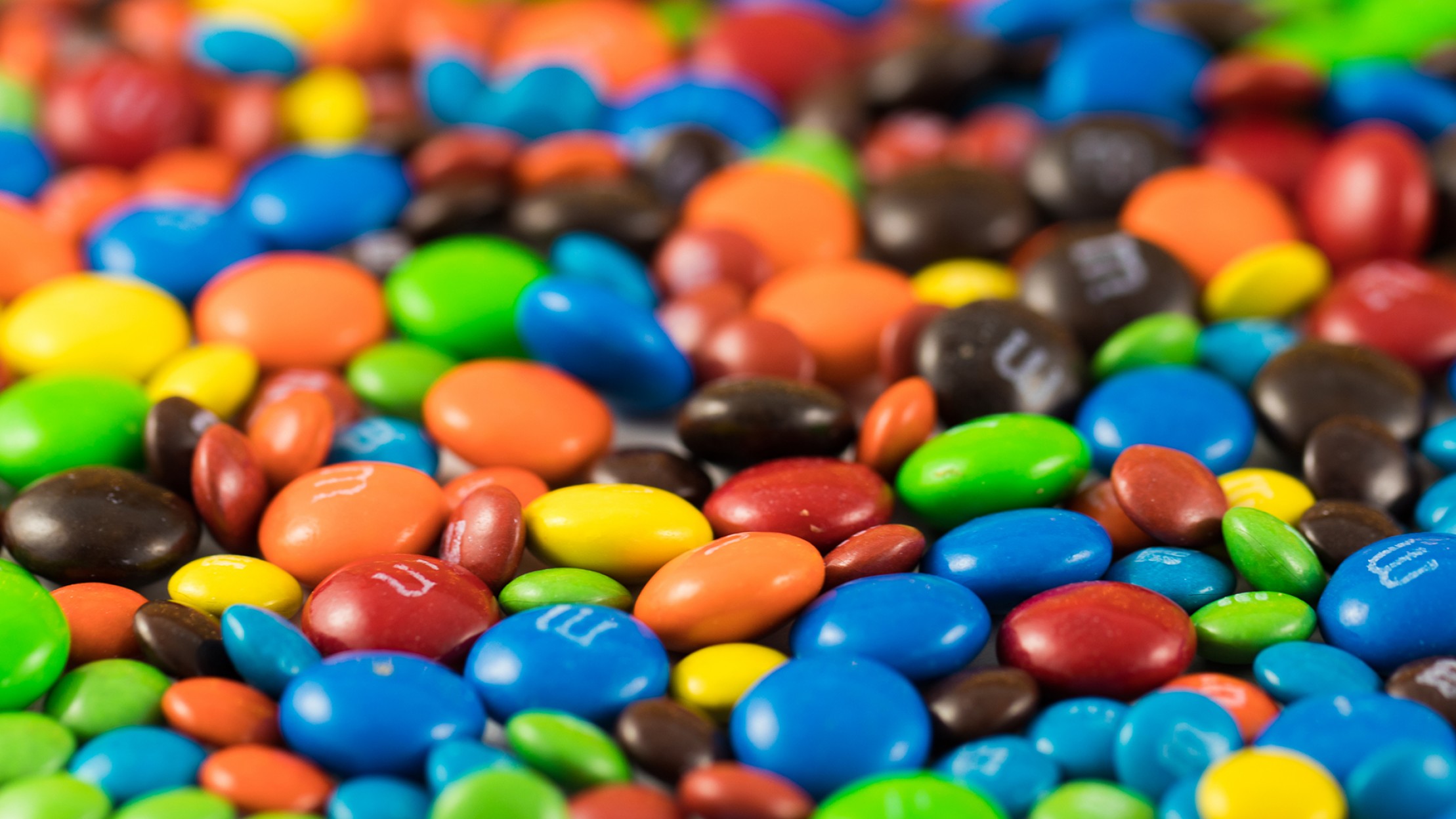
5 - The Magician
This is an archetype that provides wonder, innovation and strives to do the extraordinary. These brands believe that anything is possible and want to inspire their audience to think the same. Entertainment and technology brands often align with this archetype with examples such as Disney and Tesla.
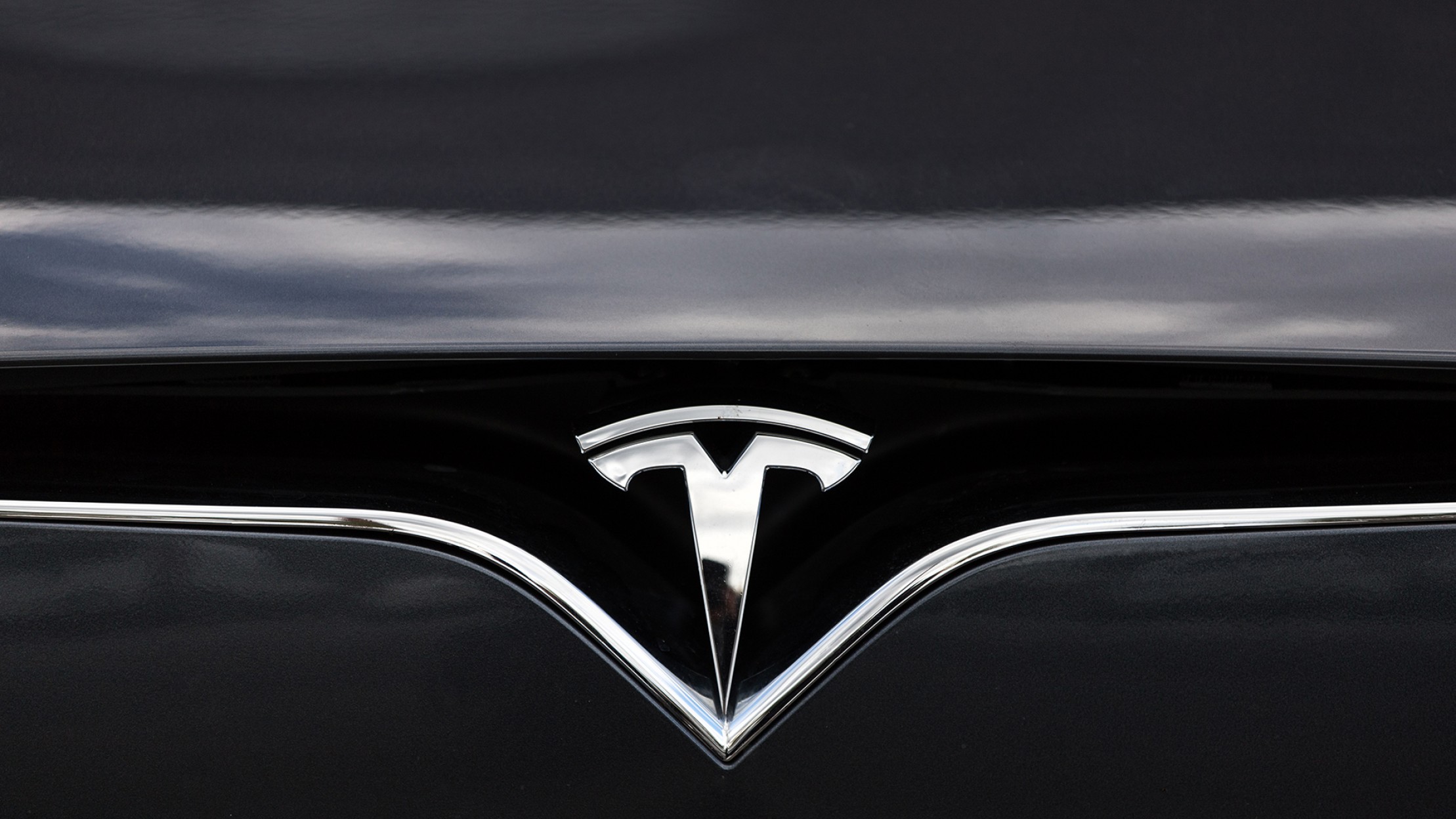
6 - The Everyman
A down-to-earth, relatable and humble archetype. These brands are part of the family, warm and friendly, and connect with a broad audience. Brand examples include IKEA and McDonalds.
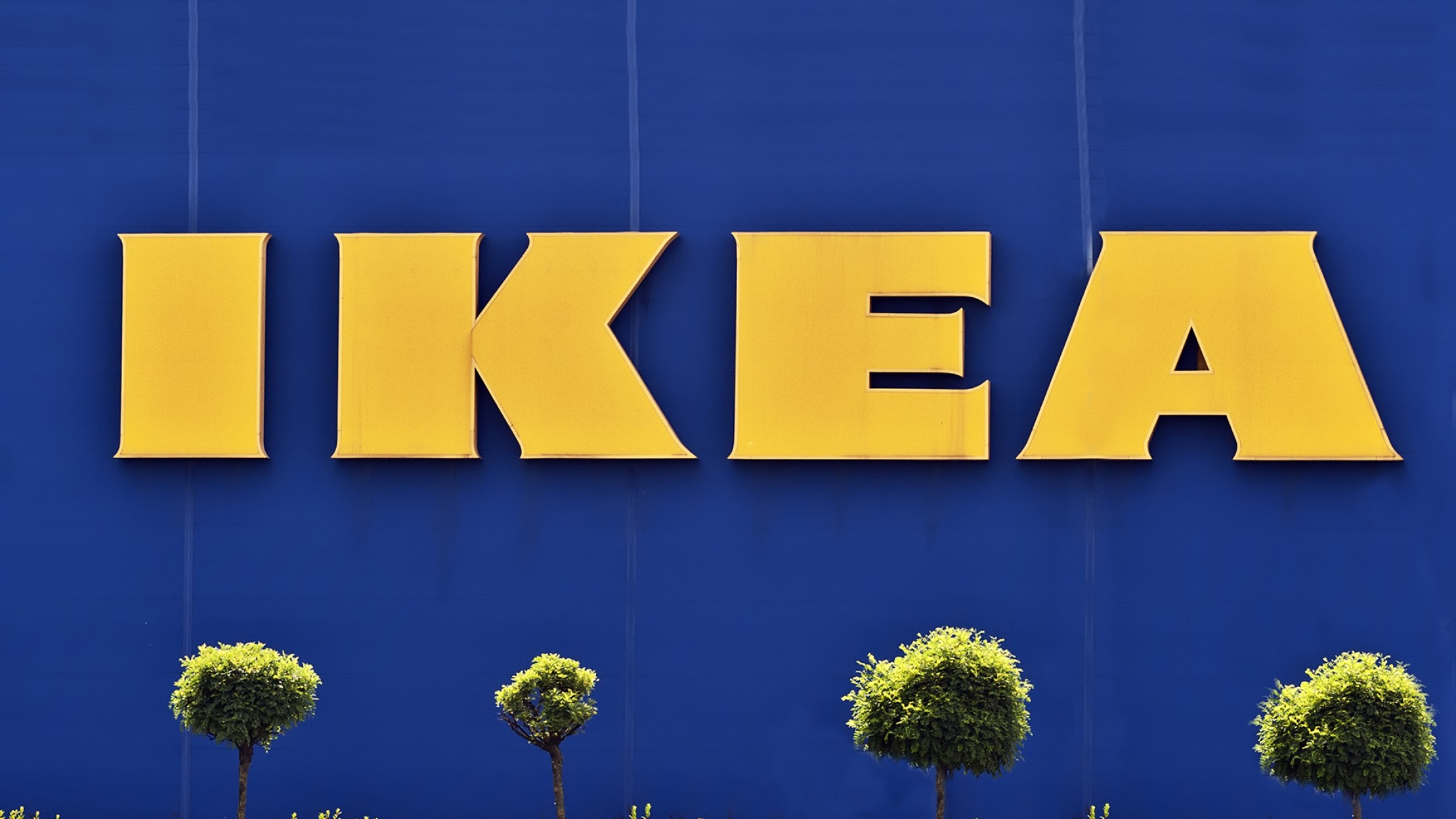
7 - The Outlaw
This archetype is a little badass, challenging the status quo and portraying disruption and rebellion. They want to be seen as out-of-the-box freethinkers that take risks and break the rules. You might recognise these traits in brands like Harley Davidson and Red Bull.
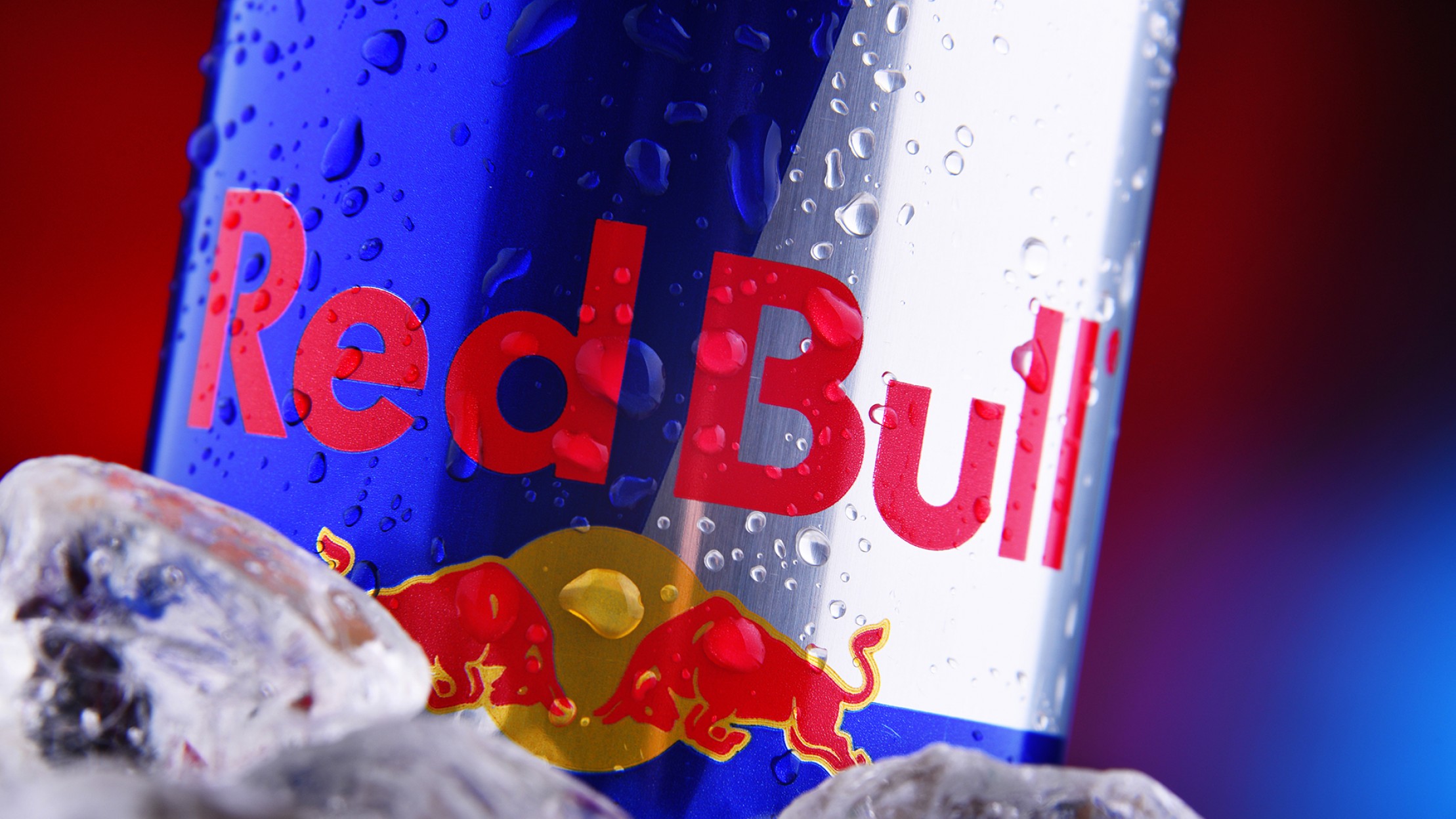
8 - The Caregiver
The Caregiver represents compassion, altruism, and aims to help others by offering support and empathy. Brands that align with this archetype are often related to health or personal care, such as Johnson & Johnson or UNICEF.
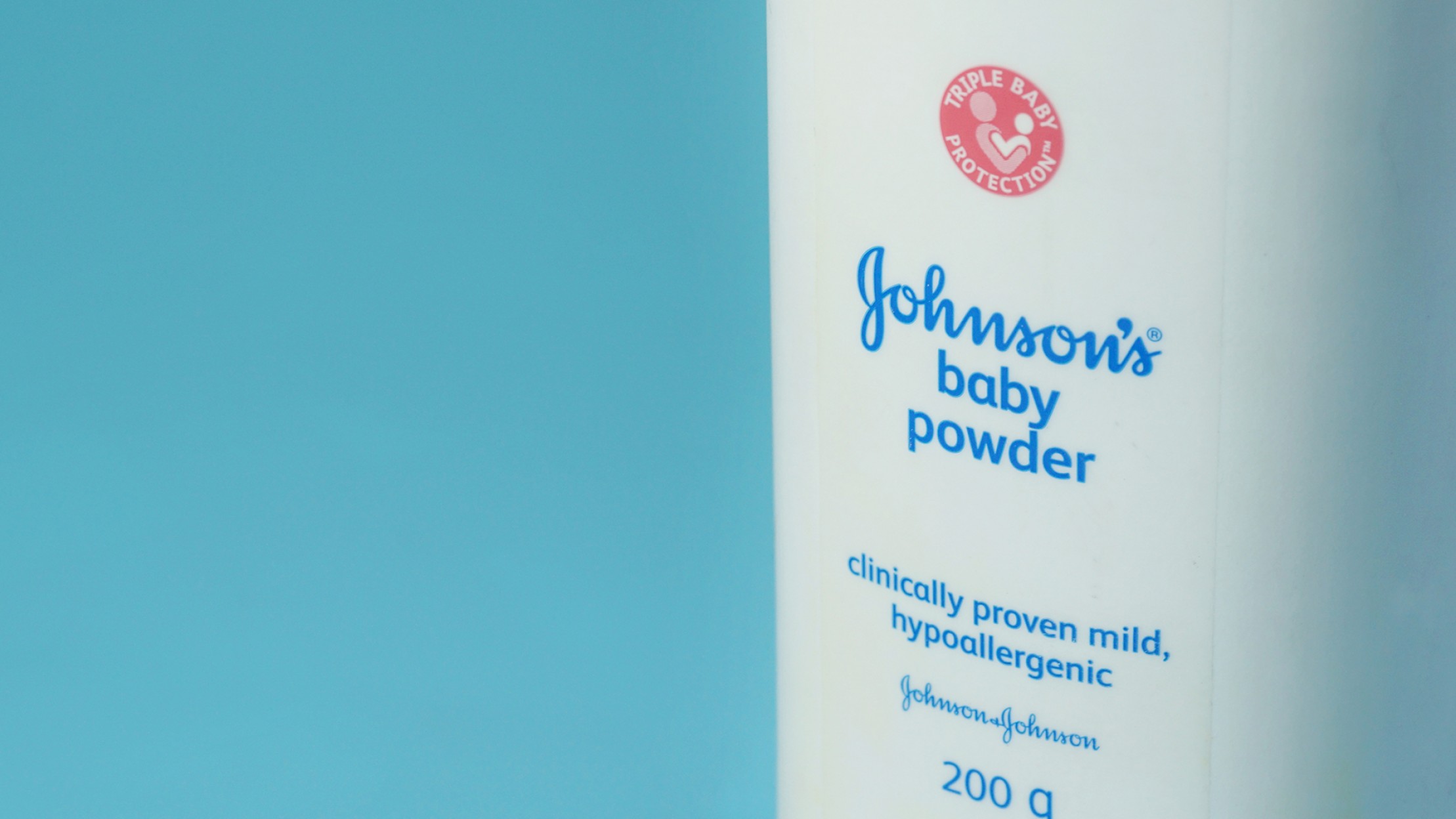
9 - The Ruler
This archetype wants full authority, to gain control and be the one in charge. They value leadership, power and status, and are often represented in luxury brands such as Rolex and Mercedes-Benz.
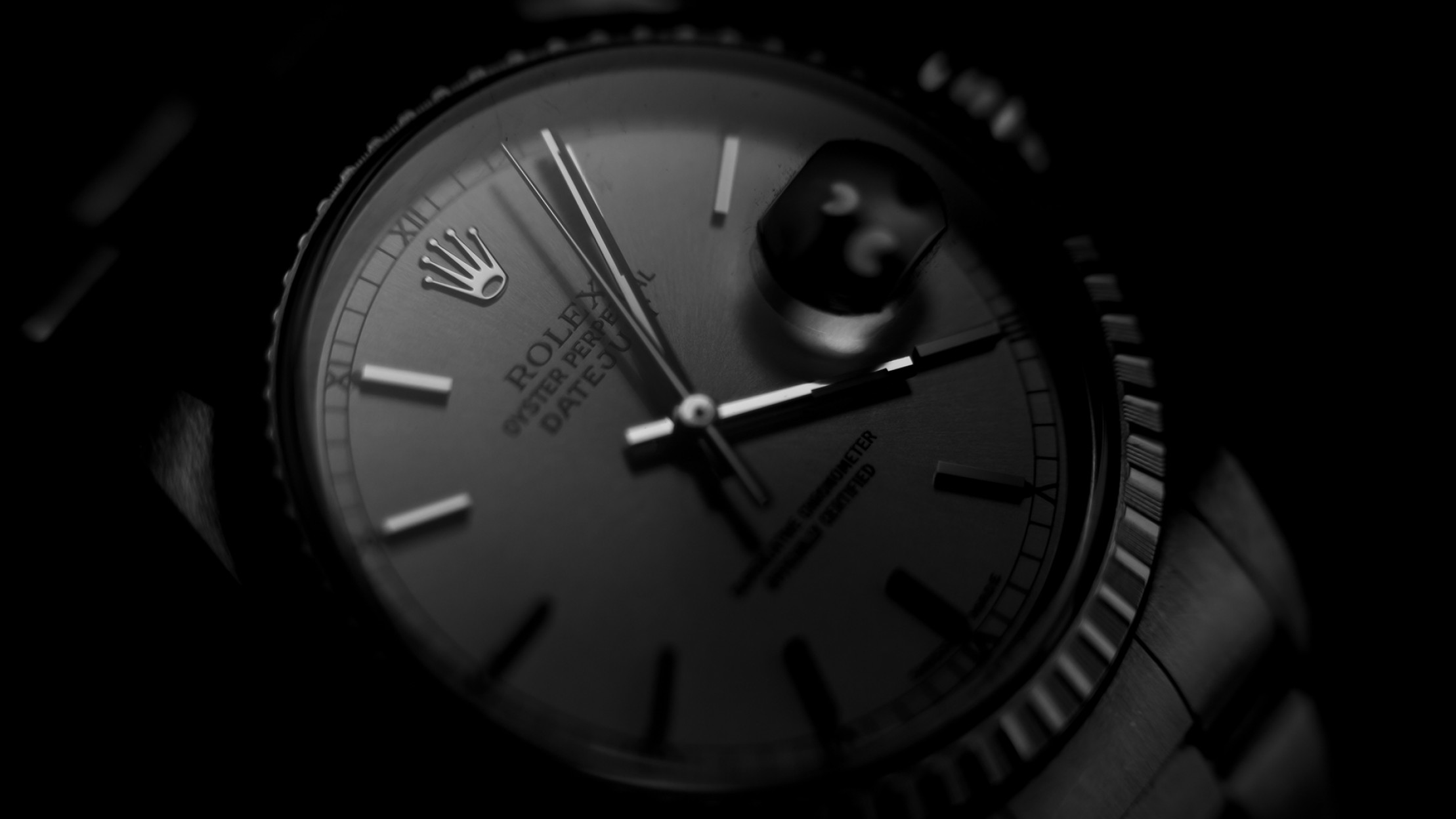
10 - The Creator
With core values of self-expression and creativity, this archetype is bold in their aspirations for originality and innovation. They are also unafraid to try new things, and some examples include Adobe and Lego.
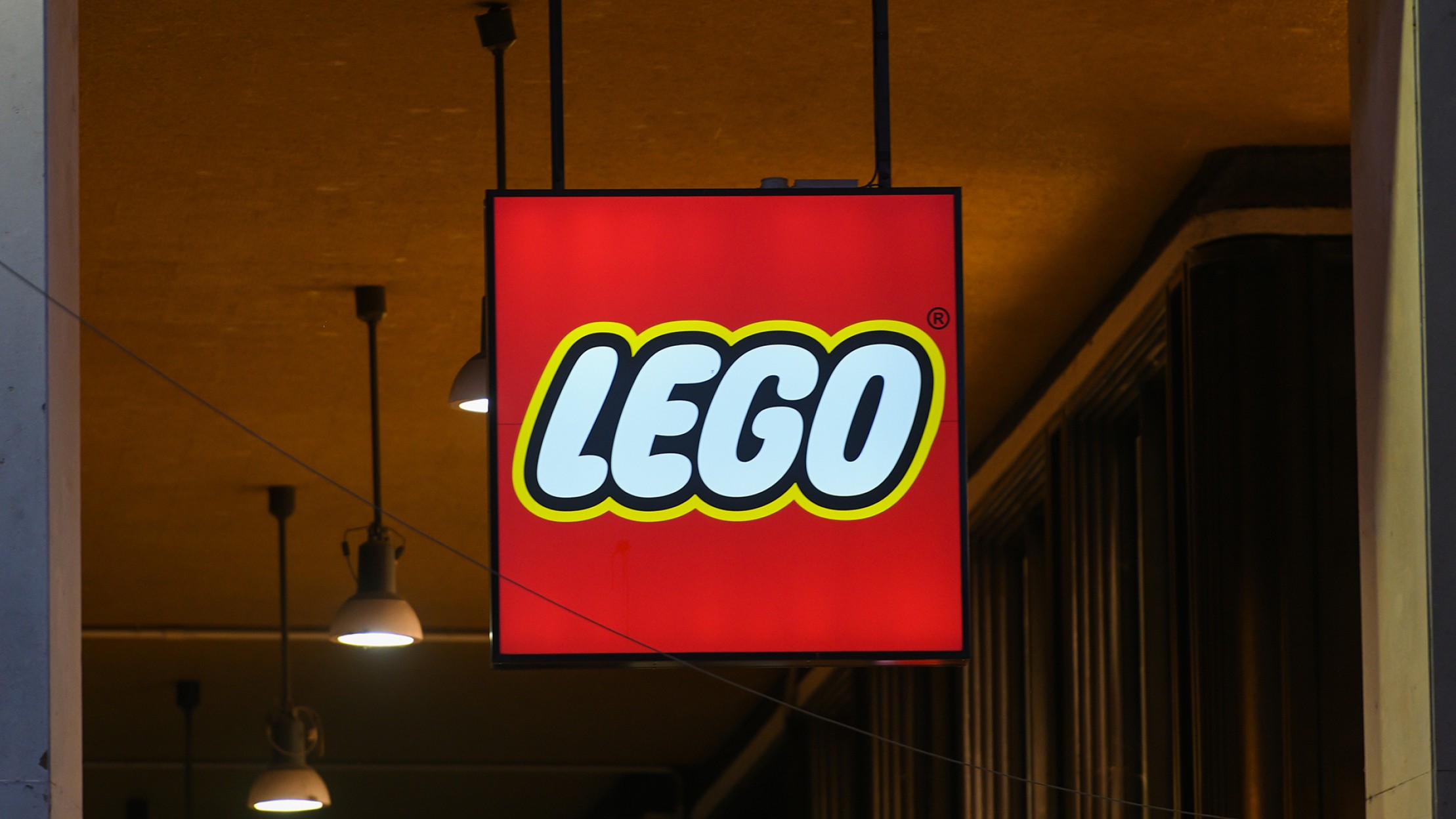
11 - The Innocent
This archetype personifies purity, optimism and safety. Valuing the simple things in life, brands that align with the Innocent aim to be transparent and trustworthy, for example, Dove or Innocent Drinks.

12 - The Explorer
With a desire for discovery, this archetype encourages adventure, independence and personal freedom. Examples include The North Face and GoPro.
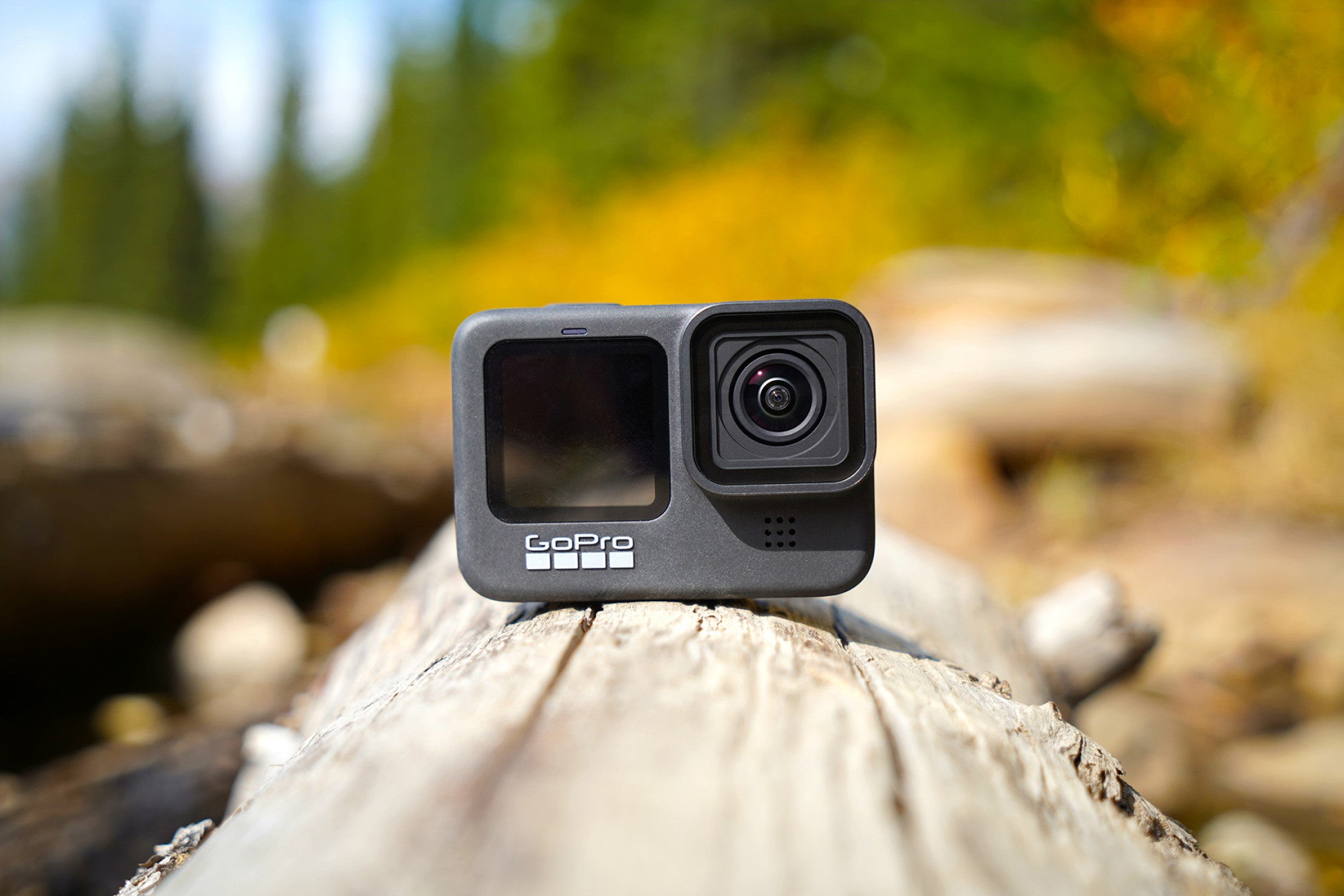
Archetypes offer a framework that can be used to connect brands with their target audience on an emotional level. By using this method, brands can tell their story more effectively to engage and inspire their audience while also consolidating their presence in a busy market environment.
Feeling lost? We can help you identify your brand archetype, understand how to apply it and how it fits into your wider brand identity.
Let’s talk about which brand archetype represents you.


